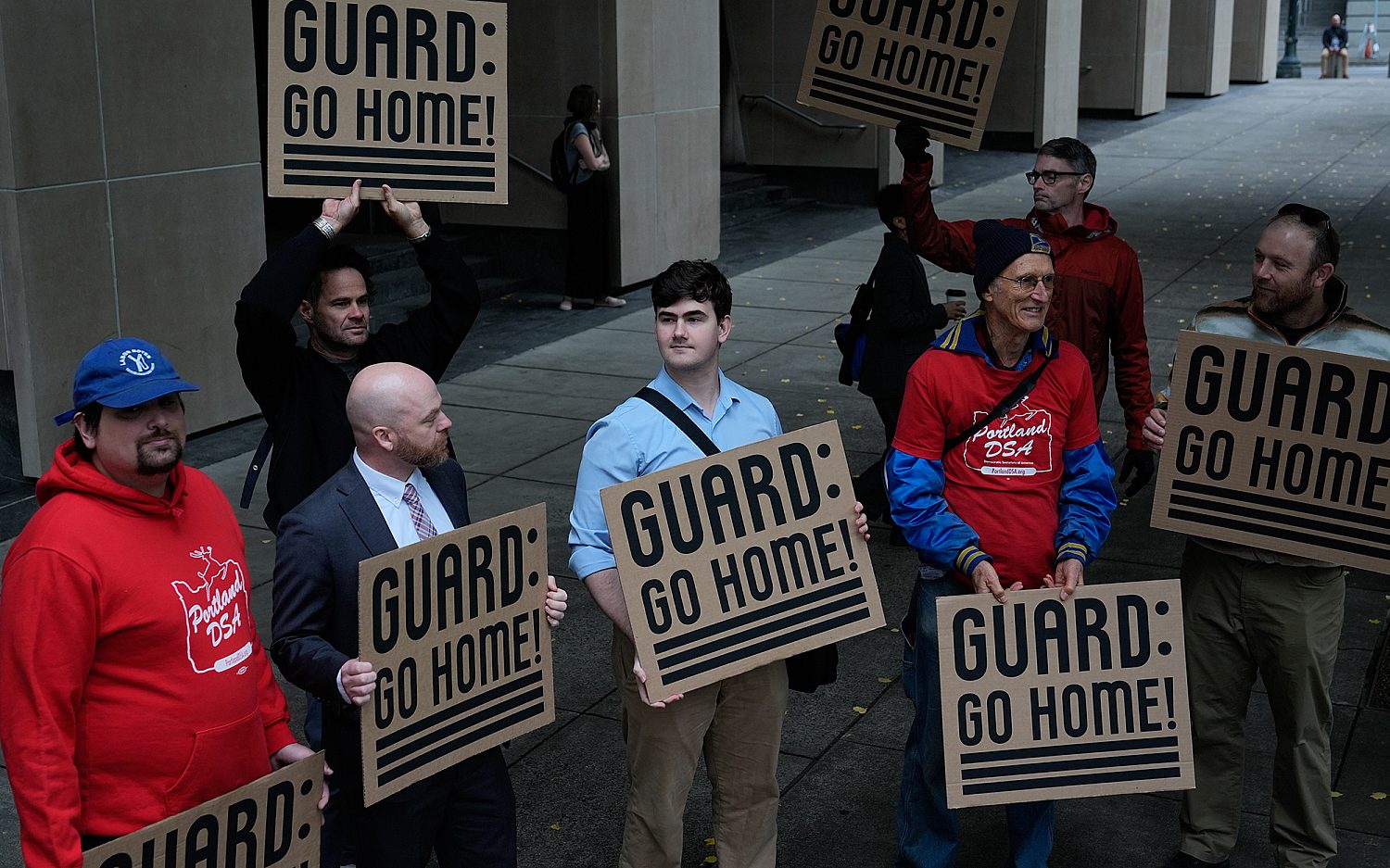Perseverance and hope through disability
Joni Eareckson Tada says the Martin Pistorius story should encourage Christians to advocate for the humanity of people mistakenly called ‘vegetables’
Martin Pistorius spent 12 years trapped in his own body. For 10 of those years, he was mentally conscious but unable to speak or move. Neither medical professionals nor his family realized he had regained consciousness.
But Pistorius’ ability to latch onto hope when none seemed to exist is in many ways more remarkable than his physical recovery. His story highlights the importance of respecting life no matter how we subjectively evaluate the quality, disability activist Joni Eareckson Tada said.
“[Martin’s story] will help society see that you’re not better off dead than disabled,” Tada told me. A quadriplegic since a diving accident at 17 years old, Tada understands personally the importance of not allowing a disability to define a life’s value.
Pistorius, who grew up in South Africa, has shared his story before, but it generated renewed interest after NPR aired an interview with him earlier this month. His experience should be a reminder to Christians to advocate for people who can’t speak for themselves, Tada said.
In the 1980s, when Pistorius was 12 years old, he came home from school with a sore throat. As his condition worsened, doctors guessed he had cryptococcal meningitis. His mobility eventually vanished, followed quickly by his ability to make eye contact and speak.
For about two years, Pistorius lingered, trapped in a personal prison. He said he really began to wake-up when he was 16. Though he could see and think, no one recognized his cognitive presence for about eight more years.
“Everyone was so used to me not being there that they didn’t notice when I began to be present again,” he told NPR. “The stark reality hit me that I was going to spend the rest of my life like that—totally alone.”
Thinking her son couldn’t hear her, his mother Joan at one point told him, “I hope you die.”
“I know that’s a horrible thing to say,” she told NPR. “I just wanted some sort of relief.”
His father Rodney continued to wake at 5 a.m. to dress Pistorius and take him to a special care facility. In the evenings, his father fed and bathed him, and put him to bed—waking every two hours to turn him so he wouldn’t get bed sores. Rodney Pistorius played a key role in his son’s recovery by connecting him to reality, Tada said. Familial support is crucial for people with severe disabilities.
Pistorius remembered nothing about his life before his illness. Left with only his own thoughts and constant re-runs of the kids television show Barney, he began to lose hope. He thought he would never experience tenderness or love. To cope, he first decided to stop thinking. And it worked for a while.
“You simply exist,” he told NPR. “It’s a very dark place to find yourself because, in a sense, you are allowing yourself to vanish.”
But in a way, the Barney re-runs he hated helped save him. He decided he would learn how to tell time by the light in his room so he would know when the show would end.
Meanwhile, Pistorius began pondering the darker thoughts he had ignored—like his mother’s wish for his death. “I gradually learned to understand my mother’s desperation. Every time she looked at me, she could see only a cruel parody of the once-healthy child she had loved so much.”
As his mental health improved, his physical health followed. Pistorius fought with his body to respond to his commands. Once, as Pistorius willed his arm to move while his father undressed him, a muscle by his elbow twitched, too small for his father to notice, Pistorius wrote in an article for The Daily Mail.
By his mid-20s, he could squeeze hands and begin to hold himself upright. But as his mobility slowly improved, most people didn’t recognize his mental presence—except for his aromatherapy massage therapist, Virna van der Walt. She communicated with Pistorius through his twitches and shifting eyes. In 2001, she encouraged Pistorius’ parents to take him for a cognitive evaluation. He passed, and his parents bought him a computer with communication software.
Pistorius’ hopefulness, combined with his family’s dedication, helped spur him toward healing, Tada said.
“The key to life is hope,” she said. “It’s so rejuvenating for the body.” And Pistorius’ story provides hope for others labeled “hopeless cases”—a subjective term founded on fear and negativity toward disabilities, Tada said.
Pistorius’ story also adds fodder to the argument against using terms like “persistent vegetative state,” Tada said. “When a person is labeled a vegetable, it’s not just demeaning it’s dehumanizing.”
And for Christians, Tada said Pistorius’ experience should offer a reminder to advocate for those with disabilities. Tada encouraged Christians to “go where no one’s going and demonstrate hope to the most hopeless. Often, that’s people in long-term care facilities.”
Pistorius’ mother quit her job to devote her time to her son’s recovery. They worked together to expand his vocabulary using the computer software.Two years after passing the cognitive test, he took a paper-filing job at a government office.
Since then, he has started a web design company, earned a degree in computer science, and written an autobiography, Ghost Boy. He’s also married and is learning how to drive. Though he never regained his ability to walk or speak on his own, Pistorius communicates through a computer that speaks words he types on a keyboard.
During his 2009 wedding ceremony, Pistorius incorporated the well-known description of love from 1 Corinthians 13: “So now faith, hope, and love abide, these three; but the greatest of these is love.” Throughout his life, Pistorius said he experienced all three.
“I know the greatest of all is indeed love, in all its forms,” he said. “I’d experienced it as a boy and man, as a son, brother, grandson, and friend. Now it was lifting me closer to the sun than I ever thought I would fly.”
An actual newsletter worth subscribing to instead of just a collection of links. —Adam
Sign up to receive The Sift email newsletter each weekday morning for the latest headlines from WORLD’s breaking news team.




Please wait while we load the latest comments...
Comments
Please register, subscribe, or log in to comment on this article.